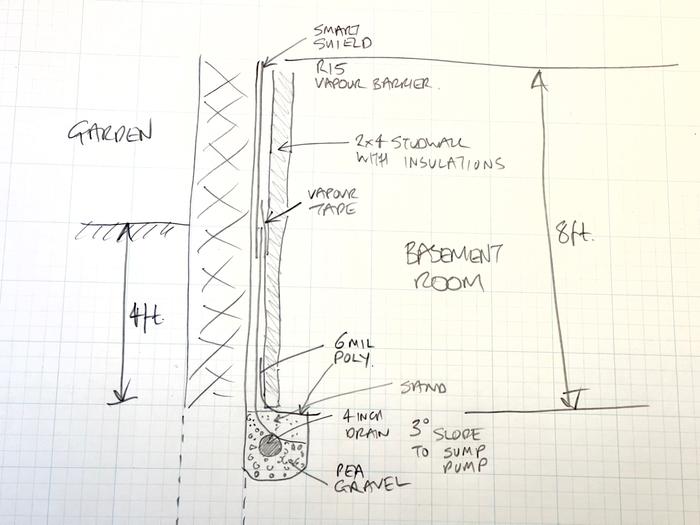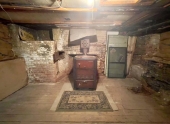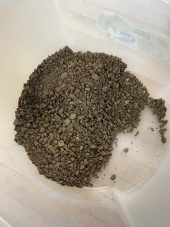
 4
4





Cargo bikes are cool

 10
10




For all your Montana Masonry Heater parts (also known as) Rocket Mass heater parts.
Visit me at
dragontechrmh.com Once you go brick you will never go back!
 7
7




“When I rise up let me rise up joyful like a bird. When I fall let me fall without regret like a leaf.”– Wendell Berry
 9
9




thomas rubino wrote:Hi Ed;
So a thin water barrier, it looks like a plastic-type material?
Won't water leaking from the old wall just puddle up on the floor behind?
As far as finishing your stud wall.
I would buy tongue and groove lumber in 8' lengths, Cedar comes to mind.

Cargo bikes are cool
 5
5




Riley Hughes wrote:Look up "car siding", It has nothing to do with cars and I don't know why it is called that.. Pine is far more affordable than cedar. I did my vaulted ceilings with it and it turned out great. It is a bit pricier than sheet rock, but everything is.. Sheetrock is the cheapest option barring the old wood paneling stuff from the 70's.
Another thing I used in my house were those big ply wood panels that they use to side sheds with.
Cargo bikes are cool
 8
8








Invasive plants are Earth's way of insisting we notice her medicines. Stephen Herrod Buhner
Everyone learns what works by learning what doesn't work. Stephen Herrod Buhner

 4
4




 7
7





 9
9





How Permies works: https://permies.com/wiki/34193/permies-works-links-threads
My projects on Skye: The tree field, Growing and landracing, perennial polycultures, "Don't dream it - be it! "
 10
10




Edward Norton wrote:So how does an urban permaculturist finish their walls? . . . I really need to get this project done as so much else in the house requires this room to be finished.

 5
5




I'm only 65! That's not to old to learn to be a permie, right?

|
Why should I lose weight? They make bigger overalls. And they sure don't make overalls for tiny ads:
Learn Permaculture through a little hard work
https://wheaton-labs.com/bootcamp
|








